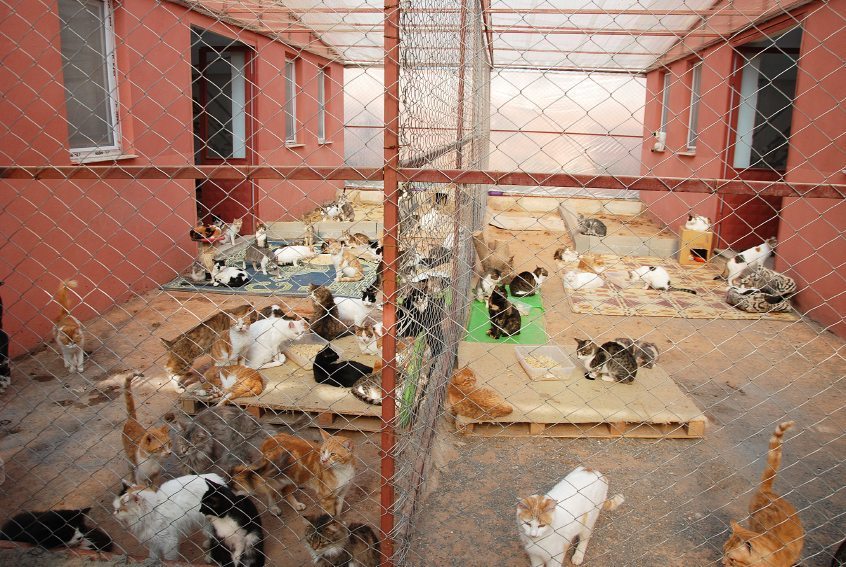
Why Neuter/Spay Your Pets?
Some of you might see neutering male pets and spaying female pets as forced sterilization. But the reality is much different for animals. Spaying/neutering your furry family members is important for reasons aside from superficial ones like not living a house that reeks of cat urine, constantly ripping your dog off of your guests’ legs, and, much to the derision of your neighbors, constant yowling.
Neutering/Spaying Decreases Safety Hazards For Humans and Animals
Failing to neuter/spay your pet endangers their health and the safety of everyone else whom they come into contact with.
- Over 70% of the dogs bites are from unneutered males.
- An average of 1 out of every 5 of those attacks resulted in severe injuries.
- 95% of dogs that get struck by cars aren’t neutered or spayed.
- Compared to fixed cats, unneutered and unspayed cats face a quadruple the risk of being struck by cars.
So by spaying and neutering your pet, you potentially save yourself thousands of dollars in hospital, surgery and legal fees.
It Fights Overpopulation, Pet Homelessness, and Shelter Killings/Euthanasia
Failing to spay or neuter your pets directly contributes to overpopulation, the leading cause of homelessness among cats and dogs. Taxpayers spend over a billion dollars on sheltering and euthanizing animals. There’s clearly not enough people to adopt or foster all of the homeless pet. Sure, every person on Earth could take in 5 animals each, but an average of 35 pets per family isn’t healthy or doable for anyone, pets included.
- Over 70 million homeless pets wander the nation and 7.5 million enter shelters.
- Although 90% and 83% of human-owned cats and dogs are neutered/spayed, only 10% of all animals admitted by shelters are spayed/neutered.
- Unlike up to 5 million pets in the United States that humans adopt, a minimum of 31% of dogs and 41% of cats are killed simply because they do not have an owner.
- Out of the 28 states that haven’t banned gas chamber euthanization, at least 11 states still permit shelters to massacre poor homeless pets in gas chambers.
It Lengthens Lives and Decreases Risks of Developing Illness
Spaying/neutering contributes to longevity and health significantly. Neutering and spaying saves animals’ lives by decreasing their chances of dying at the hands of painful illnesses.
- On average, neutered cats live 62% longer than their unneutered brethren while spayed cats live longer than unspayed cats.
- As for dogs, 16% of males and 23% of females live longer lives than other unneutered/unspayed dogs.
- Breast cancer kills around 90% of unspayed cats and 50% of unspayed dogs, the incidence of such being is 200 times greater than spayed dogs.
- Over 80% of unneutered dogs suffer from prostate enlargement.
- Sure, 90% of the 7% of dogs afflicted with testicular cancer survive, but neutering/spaying drastically reduces that risk.
And that’s only the beginning of the laundry list of illnesses that spaying/neutering prevents.
Conclusion
Give your pet the happiest and healthiest life possible by getting them neutered/spayed as soon as possible. It is, by far, the most socially, physically, and financially responsible course of action to take.
Photo Credit: istockphoto.com









